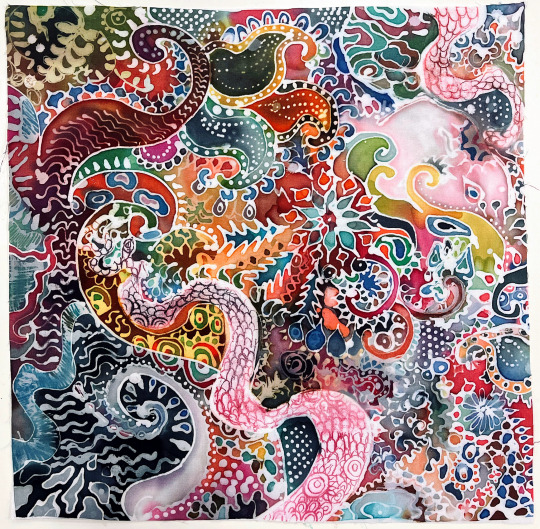#textile dyes
Text
I don't know who needs to hear this, but
YOU DO NOT NEED TO START A NEW HOBBY!
STEP AWAY FROM THE TEXTILES!
YOU DON'T NEED MORE YARN!
THAT FABRIC IS NOT CALLING TO YOU! LEAVE IT ALONE!
#Mom can you pick me up I'm scared#That siren song is playing again#But wouldn't it be neat to dye spin weave sew knit crochet tat#OMG save me#Hobbies#Textile Arts#Crochet#Knitting#Weaving#Spinning yarn#Cross Stitch#Quilting#Never has Grandma Iris' voice been so loud in my head#(Miss you forever Grandma Iris)
128K notes
·
View notes
Text

0 notes
Text

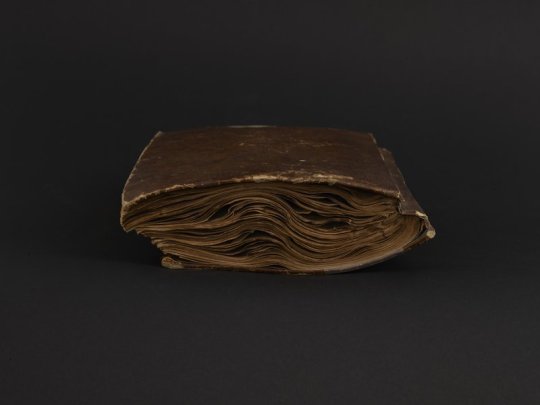
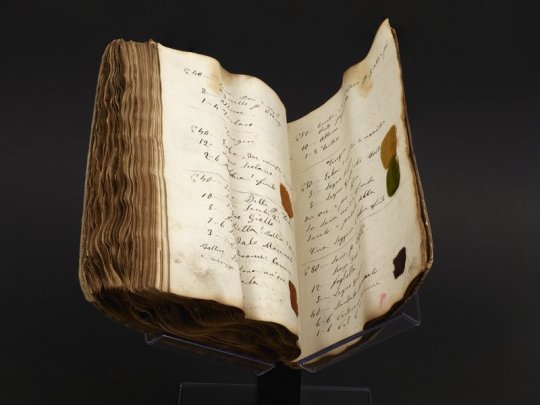

Italian Dyer's Notebook
Autograph manuscript, circa 1856-1866
This warped and worn nineteenth-century Italian manuscript appears to be a working manual and color inventory of a wool dyer in mid-nineteenth-century Italy. The handwritten entries are dated between 1856 and 1866, suggesting that the notebook was used and added to over a period of time. The work includes more than 500 numbered and itemized recipes for dyes. Recipes are illustrated with more than 800 wool and fabric samples adhered to the pages. The samples range in colors from shades of brown to vivid fuchsia, turquoise, and mustard. The samples include fabrics of wool, felt, and cotton, as well as raw wool and coils of yarn. Ingredients listed include mud, urine, arsenic, and vitriol. Pages 192-219 contain longer descriptions of dying processes, one attributed to Giacomo Udinese and another to Cesare Bizzi.
Check it out on our digital collections site.
#colors#colors in textiles#colorfastness#dyes#dyes and dyeing#textiles#wool#italian manuscripts#manuscripts#rare books#old books#rare book#dye samples#19th century#othmeralia
526 notes
·
View notes
Photo
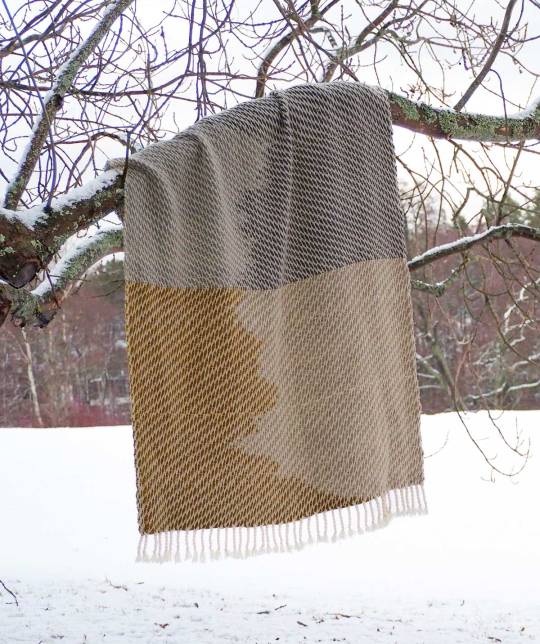
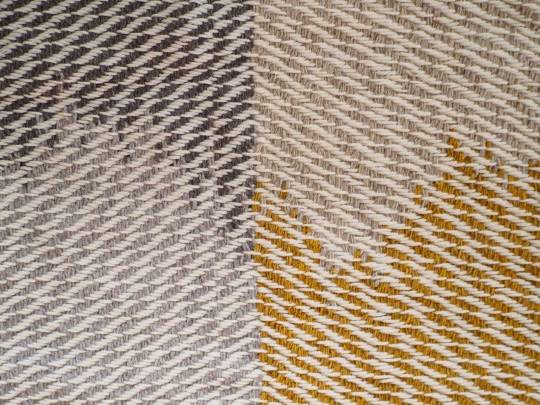
Harju, 2023
Woven from undyed wool from heritage sheep breeds (Kainuu grey & Finnsheep) and coffee dyed Finnsheep wool using clasped weft- technique
The question I’ve gotten most about this blanket is that is it an art piece or a usable blanket. I reject the notion that it can’t be both. I inherited some handspun wool late last year - the warmer grey yarn and coffee dyed portions of the blanket - and wanted to do something special with it to pay a homage to the crafter who spun the yarn (and other very beautiful things like it)
2K notes
·
View notes
Photo

.....fallout brainrot has resulted in a new oc.
He’s been interested in fashion since prewar, but never pursued it since it wasn’t particularly Manly. Then the whole Apocalypse thing happened and he had other things to worry about. And then he became a ghoul. And then, a couple decades after, he realised that nobody’s stopping from just.... making clothes.
It’s never too late to follow your dreams!
#teapot noises#fallout#fallout oc#ghoul oc#my ocs#he doesnt have a name yet#he makes his own textiles and dyes#its a long long process but he has time
1K notes
·
View notes
Text
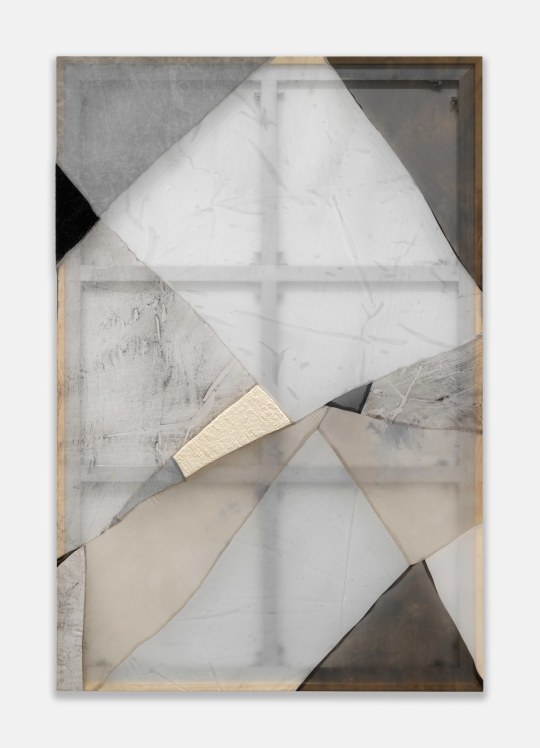
Martha Tuttle
like the sky before a tornado - strange, silent, foretelling
2022
Wool, silk, linen, pigment, dye
48 x 72 in.
150 notes
·
View notes
Text
Dyes widely used in the textile, food and pharmaceutical industries pose a pressing threat to plant, animal and human health, as well as natural environments around the world, a new study has found.
Billions of tons of dye-containing wastewater enter water systems every year, and a group of researchers from the UK, China, Korea and Belgium say that new sustainable technologies including new membrane-based nano-scale filtration are needed to solve the issue, adding that legislation is needed to compel industrial producers to eliminate colorants before they reach public sewage systems or waterways.
Published today in Nature Reviews Earth & Environment, the study Environmental impacts and remediation of dye-containing wastewater was written by academics from the University of Bath, the Chinese Academy of Sciences, the Fujian Agriculture and Forestry University, the Korea Institute of Energy Technology (KENTECH), and KU Leuven, Belgium.
The research highlights that currently, up to 80% of dye-containing industrial wastewaters created in low- and middle-income countries are released untreated into waterways or used directly for irrigation. The authors say this poses a wide range of direct and indirect threats to human, animal and plant health
Continue Reading
124 notes
·
View notes
Text
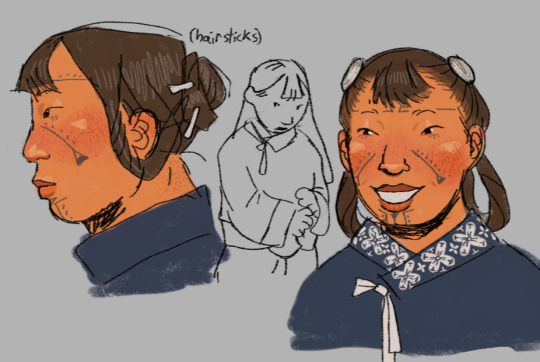

#oc: talm#oc: palim#worldbuilding project#phone art#talms collar is tablet woven but this pattern is also acheived larger scale (ie on the body of a garment)#by wax resist dyeing. embroidery is not terribly common compared to the former two methods of textile decoration
36 notes
·
View notes
Text
Researchers at Imperial College London have genetically engineered bacteria to grow animal- and plastic-free leather that dyes itself.
In recent years, scientists and companies have started using microbes to grow sustainable textiles or to make dyes for industry -- but this is the first time bacteria have been engineered to produce a material and its own pigment simultaneously.
Synthetic chemical dyeing is one of the most environmentally toxic processes in fashion, and black dyes -- especially those used in colouring leather -- are particularly harmful. The researchers at Imperial set out to use biology to solve this.
In tackling the problem, the researchers say their self-dyeing vegan, plastic-free leather, which has been fashioned into shoe and wallet prototypes, represents a step forward in the quest for more sustainable fashion.
Read more.
41 notes
·
View notes
Text
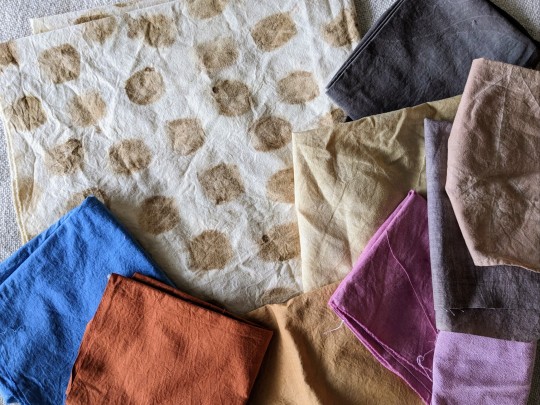
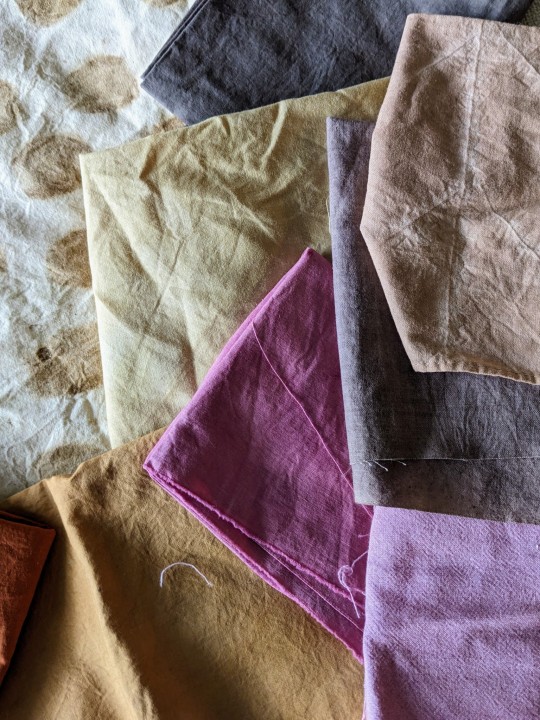
naturally dyed cloth samples 🩷
179 notes
·
View notes
Text

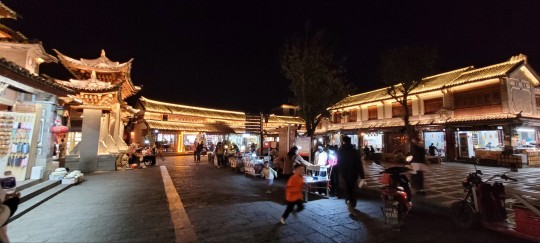


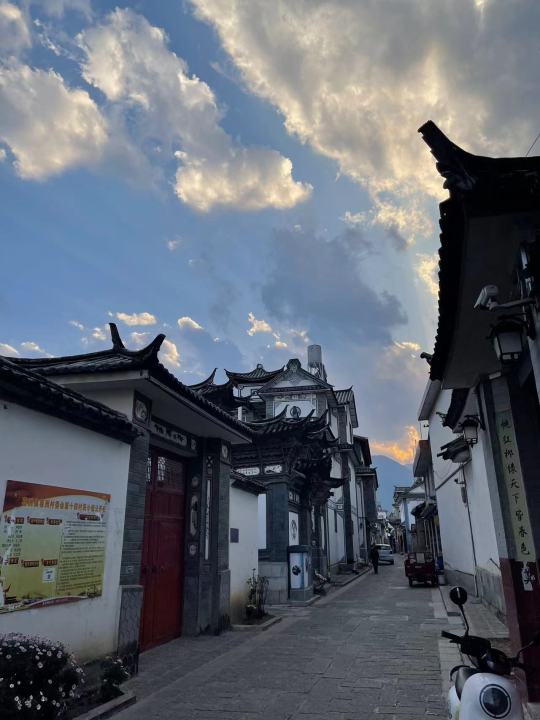
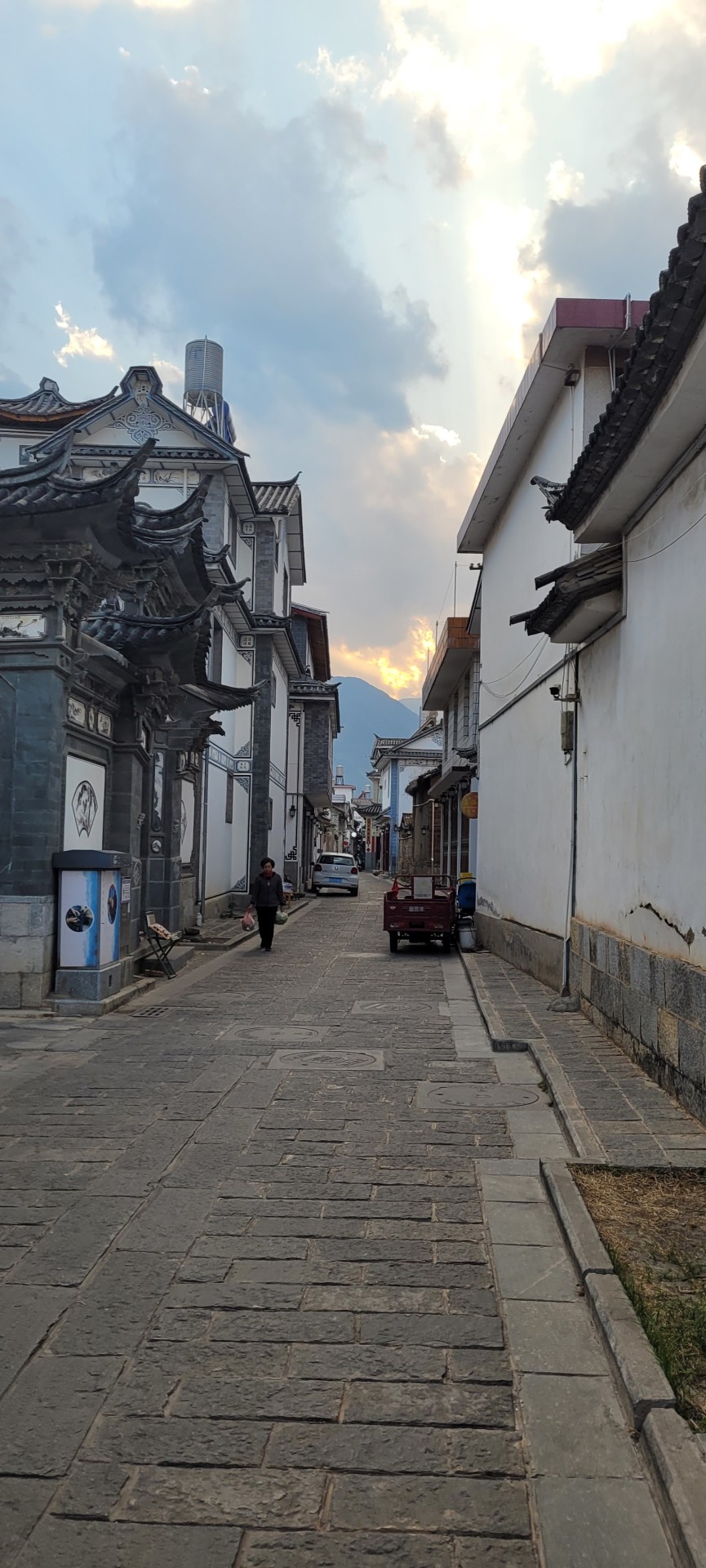
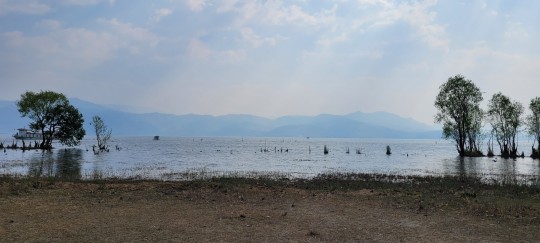

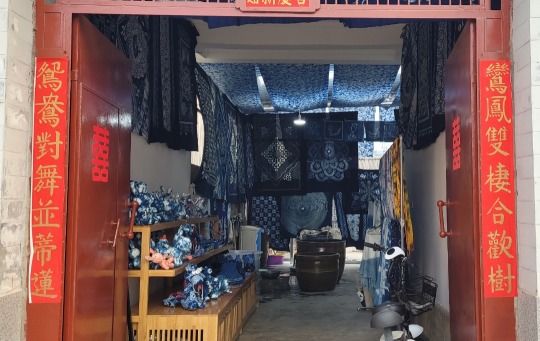

March 2024 - Dali, Yunnan province, China
One of the coolest things we did was learn about Bai style tie-dyeing (bottom two pictures)
#im so glad we did go back and do the tie dyeing esp bc i now have a really cool and special tshirt we all made together#not pictured: the over 2kg of tea I bought at a shop in the old town and had to have shipped back to shanghai#bc it wouldn't fit in the bag jiejie and i were sharing#also our bag was heavy enough it did not need 2 extra kilos of tea aakfkkd#its good tea tho and i have 0 regrets about it. in fact. 10/10 would do again akfakfkfk#also not pictured - all the delicious and wonderful food we got to try and enjoy#like i knew yunnan was known for having good food but like. i was not prepared for how good it was#dali#yunnan#china#photography#textile art
24 notes
·
View notes
Text
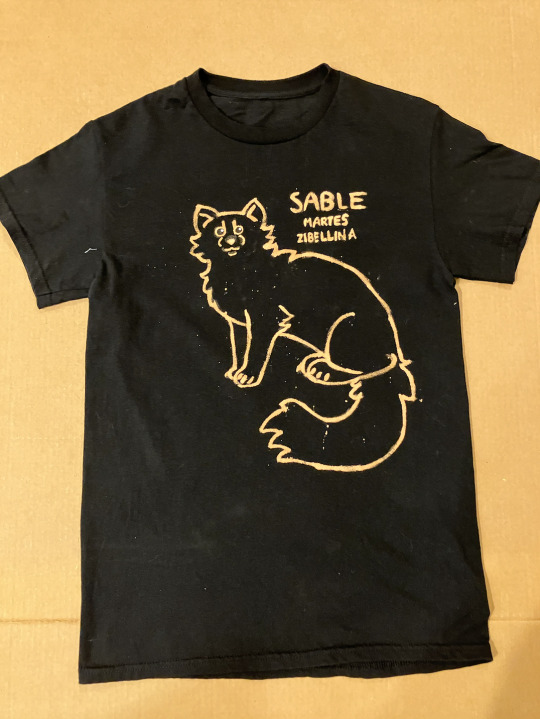
I see a lot of 'diy gear' around so I'm surprised I've hardly ever seen bleach dyed shirts! They're honestly one of the coolest, easiest, and relatively inexpensive ways to make discreet gear - especially if you're like me and you can't exactly find shirts of your theriotype being sold.
Tutorial under the cut!! :3
What you will need:
A black t-shirt, preferably 100% cotton (avoid polyester and spandex)
Bleach
Water
Sidewalk/blackboard chalk, or a chalk pen
A paintbrush to apply the bleach
A disposable cup
A bit of cardboard or plastic to put under the shirt (to prevent the design from bleeding through onto the other side)
GLOVES and other safety gear (ie, a mask and goggles)
fabric paint, not puffy paint (optional but if you're heavy handed like I am it helps so you can fix screw ups)
SAFETY:
Work in a well ventilated area.
Wear gloves, goggles, and ideally a filtration mask when handling bleach.
WASH YOUR HANDS thoroughly after handling the bleach and do not touch your eyes or face before washing your hands
Be mindful of chemical reactions that can occur when mixing bleach with other cleaning products - never, ever, EVER mix bleach with anything containing ammonia as it can react and create toxic chlorine gas.
Keep bleach out of the reach of pets and small children, and if you have small animals like birds or rodents, work AWAY from them as the fumes can damage their lungs.
Make sure you read the back of your bleach container so you know how to handle and dispose of it safely.
Process:
Slide the cardboard into the shirt, adjusting it so you'll be drawing on the side you want your design on.
Use the chalk to draw your design on the fabric - don't worry about screwing up here, it'll wash out later. (If you want to, you can digitally draw your design, print it out, then trace the back with chalk and press it onto the shirt to transfer the art)
Put on your safety gear (ESPECIALLY your gloves) and move to a ventilated area (I did this on my back porch)
Carefully pour some bleach into your cup, then cut it with water. Remember that the more water you add, the more of the solution you'll need to apply to get your design to show up.
Apply the solution over your sketch using your paintbrush. You might need to apply it multiple times if your bleach solution is less concentrated.
Once your satisfied with your design, let it sit for 20 minutes to allow the bleach to fully stain the fabric.
After 20 minutes, rinse out the fabric under cool water. Make sure you're wearing your gloves as you do this so you don't hurt your skin.
Wash your shirt in your washing machine by itself, otherwise the bleach might transfer to other laundry. Put it in the dryer after or hang it up to air dry.
Clean up your area, wash your paintbrush out thoroughly, throw the cup away, and then remove your gloves to scrub your hands with soap and water.
Once your shirt is clean and dry, you can use fabric paint to touch up any mistakes. I used black paint to remove excess lines and white to give my design eye shines. Follow the directions for fabric paint on the back of the bottle, as the instructions for washing it can be different. Don't use puffy paint, the touch ups will end up raised and it'll look funny.
And there you have it! :D DIY gear shirt for all your alterhuman needs >:)
#therian#therian gear#alterhuman gear#otherkin gear#textile art#bleach dye#otherkin#alterhuman#therian gear tutorial#otherkin gear tutorial#bleach tshirt#alterhuman gear tutorial
23 notes
·
View notes
Text


cyanotype, before and after
pigeon wings / prickly poppy / peppervine
620 notes
·
View notes
Text

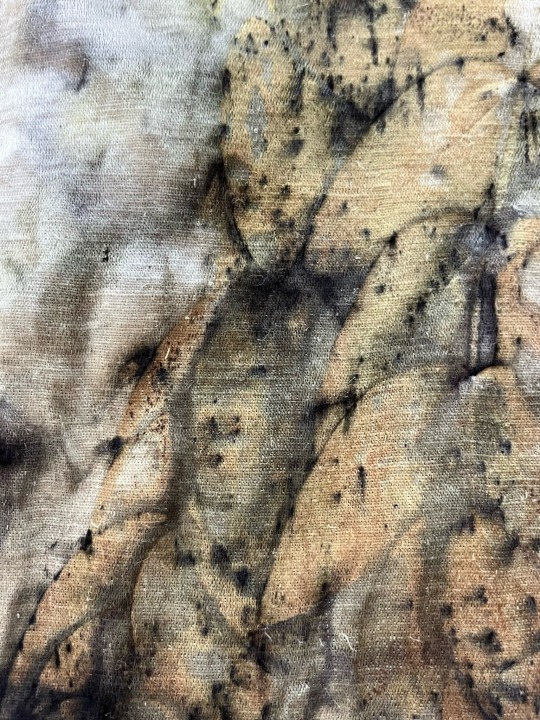
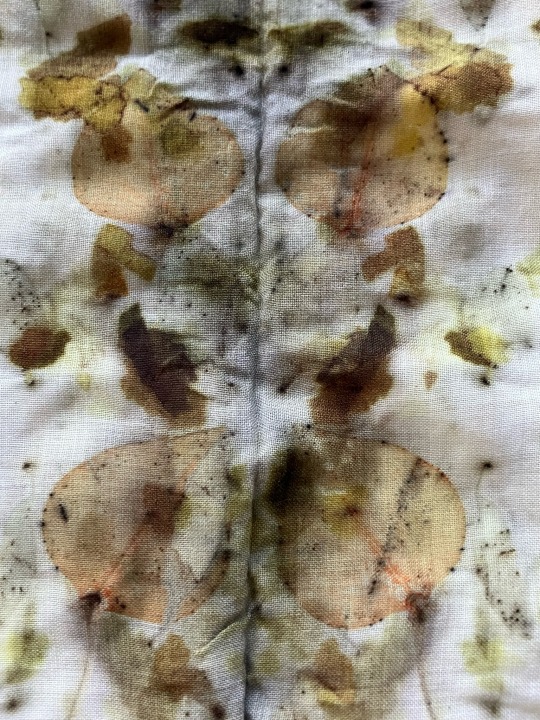


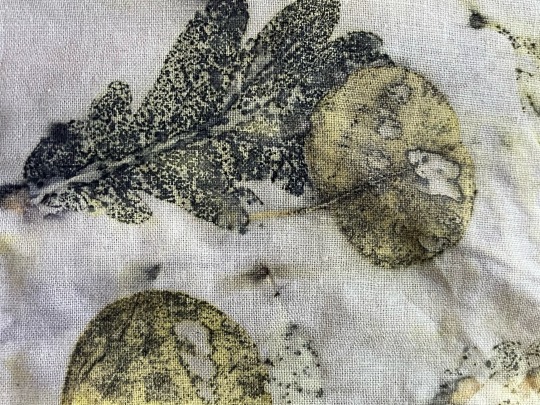
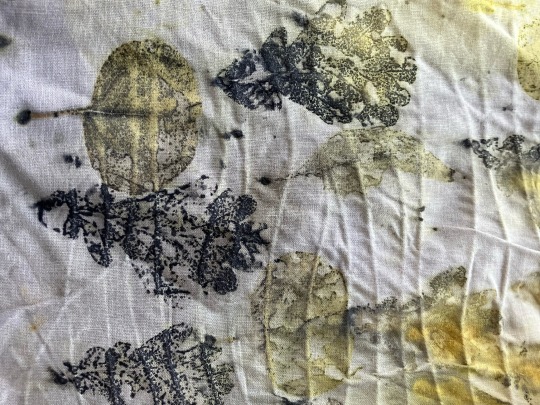

Eco printing samples!!!!!! So obsessed with them, they’re on a bunch of different materials, from cotton to silk to linen to hemp, some were in an iron bath some weren’t, the saddening made a huge difference in a lot of them, particularly with the oak leaves. Anyways thnx for looking ily all
45 notes
·
View notes
Text



cotton samples dyed with white dead-nettle (lamium album) !! cooler toned fabrics are just dead-nettle, the warmer brownish scraps had been pre-dyed yellow with pomegranate rinds
this was a very small experiment to confirm whether dead-nettles yielded dye as their stinging cousins 🌿 the extraction process lasted two days and 3 steepings (although i believe two steepings would've been enough!)
my partner said these look a bit like bog finds :'^) love that comparison
#natural dye#plant dye#white nettle#dead nettle#lamium album#textiles#tinturaria#maker's diary#(pls ignore the scan quality ! my scanner started to blast the saturation and contrast of images so it needs to be tweaked a little)#laurus
79 notes
·
View notes
